
I am excited to share my guide to Gluten-free Flours and Starches. From grains and starches to beans and seeds, there is a wide variety of gluten-free flours available to us to make baking easy and delicious. Seeing all of the options in one long list, is actually quite exciting and inspiring to know the many options.
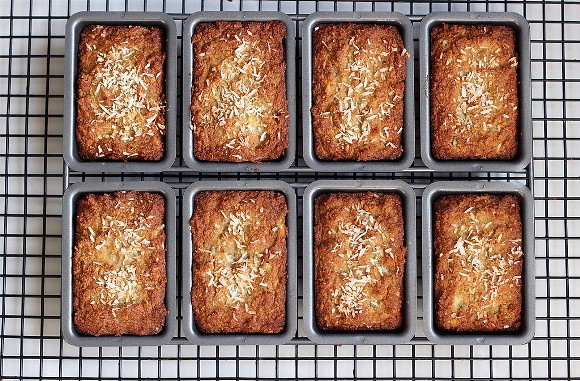 Grain-free Banana Coconut Mini-Loaves
Grain-free Banana Coconut Mini-Loaves
Although it can all seem a bit daunting and overwhelming at first, baking gluten-free is far easier than you would think. Once you get to know what flours and starches are available, how they work together in recipes and as you learn which you like the most, you will slowly start building a pantry full of options to make just about anything you desire. Baking does require some experimenting, some mathematics and ratios, and yes, even some failures along the way. But, once you get the hang of it and have it down to a science it will be second nature to you. As someone with a gluten intolerance, it is hard to feel like we are living without when I take a look at the long list of flours available to us.
This list is meant to act as a guide to some of the many amazing and nutritious, naturally gluten-free flours and starches that exist. This isn’t necessarily a complete list as there are so many of them always popping up on the market, but these are the ones I know of, most of which I have experimented with myself.
It is best to remember that baking gluten-free almost always requires a mix of flours and starches, as opposed to just one. That is probably one of the biggest mistakes people make when they try baking gluten-free for the first time. A recipe calls for 1 cup gluten-free flour and they grab 1 cup of whatever flour they have or can find easily, for example just rice flour or just soy flour. The results are usually disastrous and many people are left defeated. There are plenty of great all-purpose gluten-free flour blends on the market that you may like just fine and if you are new to gluten-free baking, this is probably the perfect place to start. But, once you have experimented a bit and get a little more comfortable, I highly recommend trying out making your own gluten-free flour blends. As you get to experimenting with recipes and baking you will be able to make your own combinations of flours and starches outside of this ratio, but this is a really great place to start.
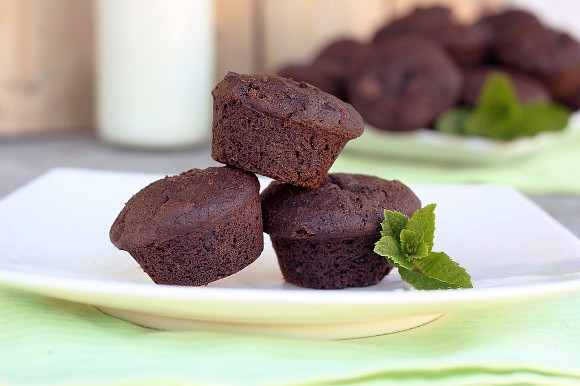 Mint Chocolate Chip Brownie Bites
Mint Chocolate Chip Brownie Bites
A Guide to Gluten-Free Flour and Starches
I find when you get the proper ratio and combination of flours and starches, there is no real need for xanthan or guar gum, which I prefer to not use if I don’t need to. Many people have issues digesting the gums, and I try to avoid them when I can now that I know they aren’t necessary. I have also learned that some of the best baked goods, especially breads, are made by adding in psyllium husk, ground chia and/or ground flax seeds. These replace some of the binding and elasticity properties of regular gluten flour, to keep it from crumbling, which is the reason many bakers use the gums in gluten-free baking.
NOTE: If you are looking to convert a regular gluten-containing recipe to gluten-free by using your custom made gluten-free all-purpose flour mix in a regular recipe, a good rule of thumb is to sub 140 grams of your gluten-free mix for every 1 cup of regular gluten all-purpose flour.
When you look at this long list of flours and starches available to us, it hardly feels like we are like we are missing out at all, right?
WHOLE GRAINS
Amaranth Flour
Brown Rice Flour
Buckwheat Flour
Corn Flour
Millet Flour
Oat Flour (make certain it is certified gluten-free)
Quinoa Flour*
Rice Flour
Sorghum Flour
Sweet Potato Flour
Sweet Brown Rice
Teff Flour
White Rice Flour
*This technically belongs under seeds, but it works really well as a grain flour, in small quantities in AP blends
STARCHES
Arrowroot Flour
Cornstarch
Potato Flour
Potato Starch
Tapioca Flour
White Rice Flour
NUTS AND SEEDS
Almond Flour
Chestnut Flour
Coconut Flour*
Hazelnut Flour
Flaxseed Meal
Salba/Chia Seeds
Hemp Flour
Mesquite Flour
*Coconut Flour will suck a lot of the moisture out of most recipes, so use it sparingly or add additional eggs or other liquid to counteract.
BEANS AND LEGUMES
Fava Bean Flour
Garbanzo (chickpea) Bean Flour
Garfava Flour
Kinako (roasted soy bean) Flour
Soy Flour
Pea Flour and Green Pea Flour
You can usually classify nut, seed and bean flours as a whole grain, for ratio sake, even though they are technically not in the grain category. However, they can sometimes react a bit differently depending on the recipe, so it may take some experimenting with those. I should also note that you won’t want to use just a bean flour alone or in large quantities in most recipes, as they tend to have a bit of an aftertaste that could overpower the final dish.
Ratios
The beauty of this list is that you can select your favorite flours and starches, based on what is available to you and what you prefer, that could be used in a variety of recipes. When making my own whole-grain all-purpose flour for baking, I personally use a ratio of 70% grain flours to 30% starches (based on Shauna Ahern’s recommendation from all of her many years of experimenting and baking). For a regular all-purpose blend, you’ll want 40% whole grain flours to 60% starches. Everyone has different ratios they prefer, but these have both proven to always be effective for me and many other gluten-free bakers. Here is a great example of a whole-grain blend I have made in the past: 200 grams sorghum flour, 200 grams teff flour, 200 grams millet flour, 100 grams buckwheat flour, plus 150 grams each of tapioca and arrowroot starches. This particular mix results in a beautiful brown whole grain blend that I love for pizza crusts and rustic pie crusts. If you are looking for something more traditional and white, use the 40/60 ratio, and for your grains try a blend of sorghum, millet, rice or soy. I usually make my all-purpose flour blends in batches of 1000 grams, since that makes weighing and ratios the easiest.
Have you played with making your own gluten-free flour blends and with gluten-free baking? What are your favorite gluten-free flours?

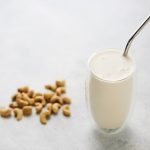
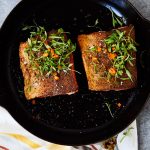
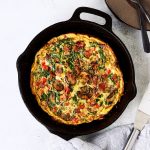
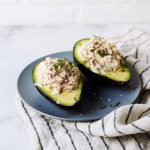
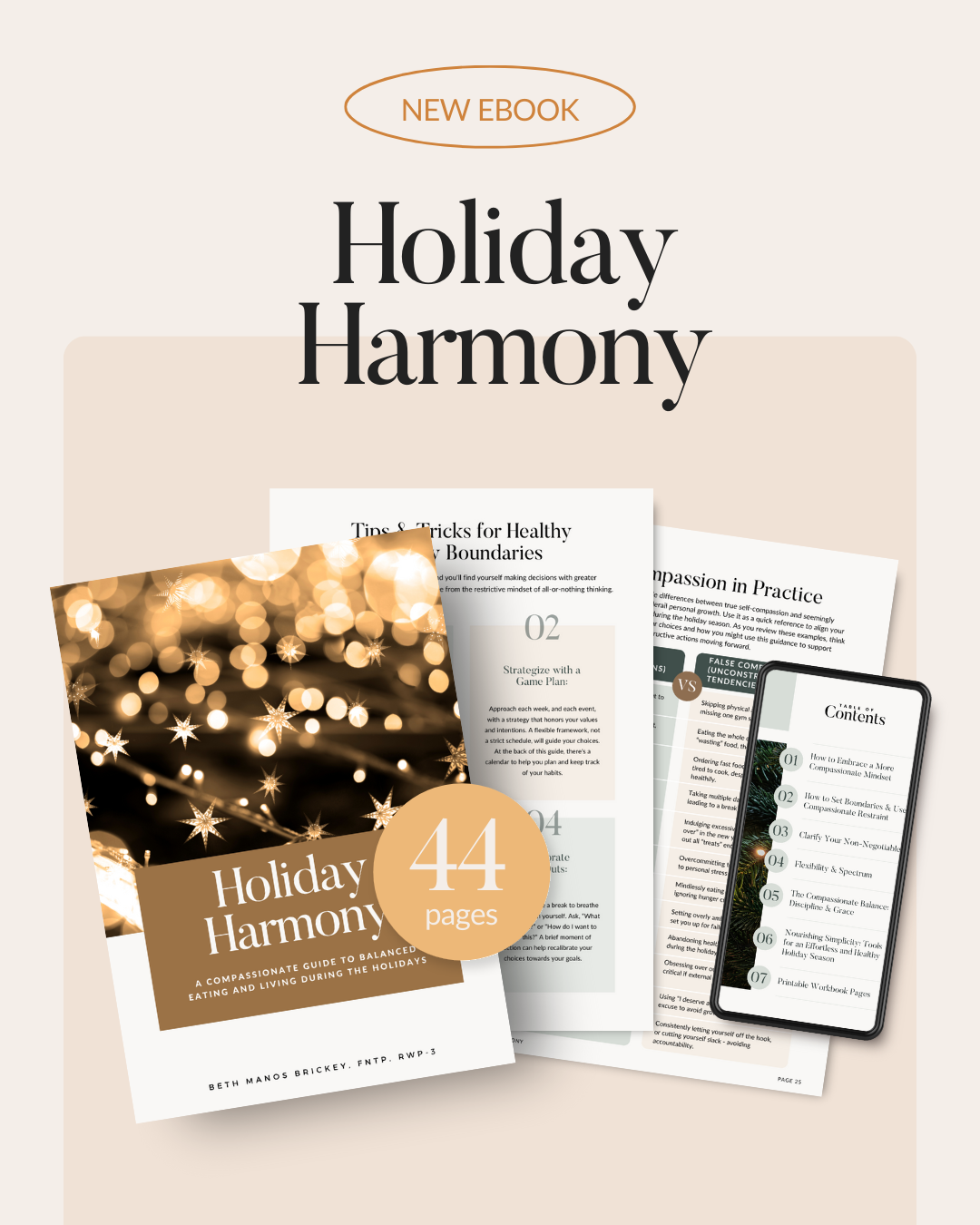
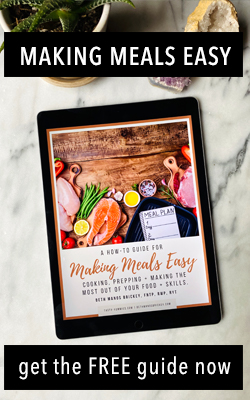
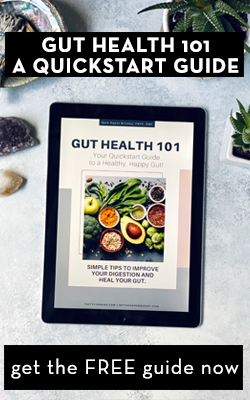




9 Responses
Thanks for the reference, it’s very interesting. Smetimes we don’t know what flour to use for what.
raechel ~ did the recipe work with flax egg? I need a good bread recipe without egg’s!
I’m very recently gluten-free to keep from aggravating an autoimmune disease, and I’ve been very anxious about baking and how many flours and starches to buy. This post was exactly what I needed to read. Thank you so much.
By the way – also buckwheat is technically seed – or so called pseudo-grain.
I’m looking to make your cardamom vanilla bean cupcakes which calls for almond flour – would I be able to use almond meal? Is there much difference? Thanks!
Jessica, yes blanched almond flour and almond meal are a bit different. Almond meal is ground whole almonds, with the skins left on. Blanched almond flour is obviously blanched almonds, with the skins removed. Almond meal is much grittier and has more texture and doesn’t usually result in the same fluffiness that blanched almond flour does, in baked goods. It can work in tart shells and the like, but not usually cupcakes, cakes, etc. They will always come out much flatter. Hope that helps.
You are my new favorite person! I hate to buy gluten-free flours and products made from them because they seem like mostly junk–white rice and guar gum? I’m sure I can do better for my body than that. I’ve always been intimidated by trying to make my own mixture, but your ratio is so helpful! I’m definitely going to try it out.
Thank you for sharing your amazing recipes!
-Cassandra
My grandmother made the best damn whole wheat bread/rolls. Since CD in ’08 I have been trying to find similar item :(. Still looking. Have come close but… Usually too heavy of baked goods.
I will give the 70/30 a shot.
Do you know the ratio of garbanzo flour to fava flour in the pre-mixed product? Thank you!